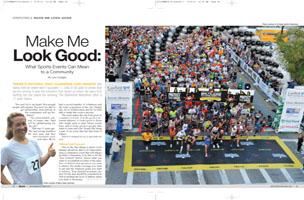
There’s nothing that gladdens our hearts like being told an event won’t succeed — only to be able to prove that person wrong.
It was the situation that faced us when we were first setting out our plans for reviving The Baltimore Marathon after a 17-year hiatus.
You can’t do it, we heard. Not enough people will register. You won’t be able to get sponsorship. And nobody in the community will get behind it.
The unmistakable subtext, of course, was, And it'll be embarrassing for the city.
That was 11 years ago. We had strong numbers the first year, and they have increased every year since. We’ve had a record number of volunteers and the total cooperation of the city. Simply put, we’ve worked hard, and we've been able to make this event a success.
The event makes the city look good on a number of levels. It looks good to potential athletes, it looks good to those who might want to plan future events here, and it looks good to people who want to come and visit. People like being a part of an event that has that kind of impact.
And If it worked for us, it can work for you.
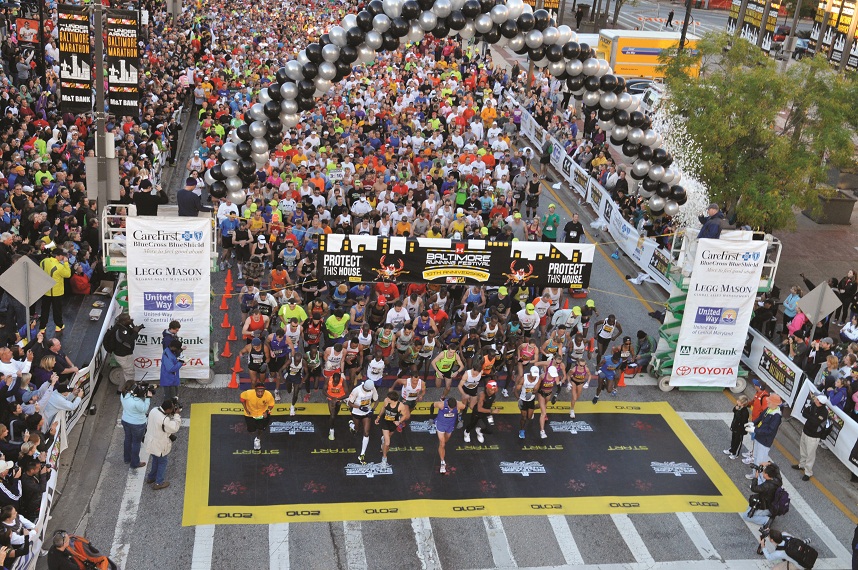 |
| Photo courtesy of Corrigan Sports Enterprises |
Hitting Fast Forward
One of the first things a sports event planner should be able to do when planning a competitive event that will impact an entire community, is be able to hit the ‘fast forward’ button. Know what you want to accomplish in terms of the numbers of athletes and spectators you want to attract, the media coverage you want to get and the financial goals you want to achieve. Your desired economic impact for the area should be considered as well as perhaps the level of athletic talent you want to showcase. Setting those goals makes you proactive by allowing you to break down your event into the steps you need to start taking now. (Our planning and goal-setting for the 2011 marathon? It started the day after the 2010 marathon. We decide what we want to do differently and move forward).
One of the goals of any event should be generating the maximum benefit to the community. That starts with getting people involved on a local level. Sometimes, that means changing people’s perception of the event itself.
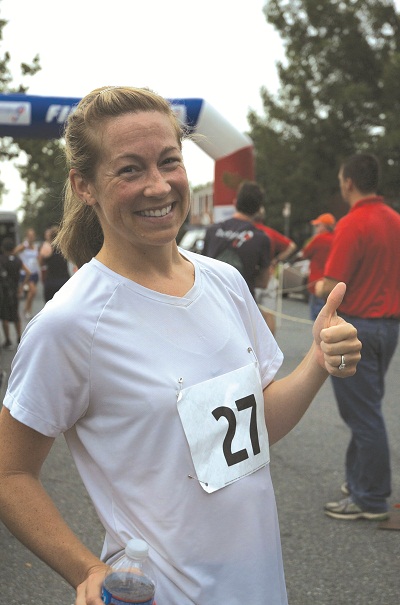 |
| Photo courtesy of Mary Helen Sprecher |
Quite often, we've noticed, if there is a race, a meet, a tournament, a sports tours or anything else coming to the area, some local residents initially get a knee-jerk reaction about the inconvenience they think it will cause. Before it even starts, they resent parking restrictions, noise, traffic detours, crowds or anything else they perceive will be a disruption to their normal routine. The challenge is to try to change those people's mindset, and the best way to do that is to get them involved with the event itself.
Communication: The Magic Word
Keeping open the lines of communication is key. While not everyone can dictate when the event is, where it is and how it works, we've learned that listening to people’s input goes a long way toward making friends. We all know it’s essential to get the participating athletes' opinions, but we've learned it’s equally important to involve people who live in the neighborhoods that stand to be affected by the event.
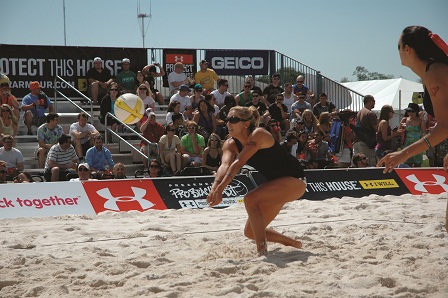 |
| Photo courtesy of Corrigan Sports Enterprises |
By getting the community involved as early as possible, in every single way you can, you learn what they're enthusiastic about, and conversely, things they're concerned or upset about. Admittedly, there are some logistical aspects of the event that a layperson can’t really grasp . Many people, for example, don't understand why the marathon can't just go up a different street (they're not familiar with the importance of course elevation and distance and how it affects the certification of the course, or how that affects overall marketing) -- and it's difficult, if not impossible, for us to explain that. However, if you listen in and weed out the things you can't use, there will be some valuable insights to gain as well. Distribute a post-event questionnaire, let people know you've heard them loud and clear, and tell them any necessary (and realistic) changes will be made next time around.
There’s nothing better than seeing your biggest detractors change their tune and start manning a water stop, staffing a table in the volunteer tent or doing a similar activity that helps your event come to fruition. A happy resident is a great goodwill ambassador, and a very important factor in the equation of keeping a positive spin on the event.
City Officials
Having the event look good doesn't just mean it looks good to those who are cheering in the stands, watching it on TV or reading about it in the next morning's newspaper. It should be well-organized with your host city as well. The cooperation and good will of city officials can make the difference between an event that flows well, and one that is a struggle to put on.
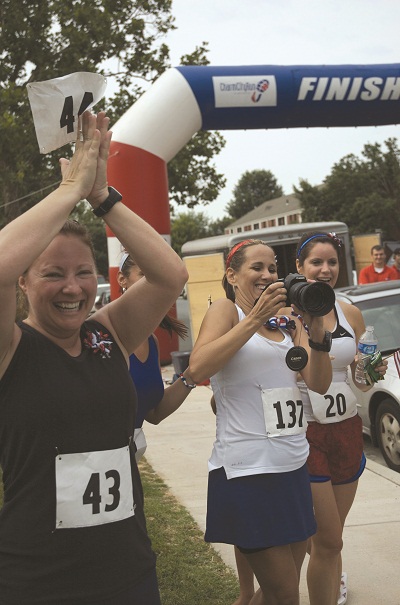 |
| Photo courtesy of Mary Helen Sprecher |
Familiarizing yourself with the specifics of which departments and divisions you'll be working with for which parts of the event (the Department of Public Works, Recreation and Parks, Traffic, Permitting, Police, Sanitation and so forth -- as well as the names of your contact people in each office) will allow you to get your questions answered, and to get what you need.
We'll say it again: communication is the most important tool. Once we have our course plotted out, we spend a day taking the relevant city officials along the route. (We do this in a bus, by the way; we realize not everyone wants to run 26.2 miles.) We show them where different mile markers will be placed, and where we anticipate the most spectators will stand. We point out places that have been used to set up water stops, places we will be setting up portable toilets, and where we think we'll need traffic control, parking restrictions, road closures, barricades and more. We take everyone to lunch during the course of the day and talk over any concerns they might have.
As a result of this activity, our city officials are able to visualize what we'll need and where. Because everyone is together, we're able to ask the right people for the right things. If someone has a problem with an area of the course, we have enough lead time to work it out.
Having everyone on the same page results in everyone working together to make the event a success. It also contributes to the feeling of overall investment in, and participation in, the event. Nothing, but nothing, looks as good as an event your city officials are proud of, and which they turn out to support. It also becomes an important sales tool for the city for future sports events.
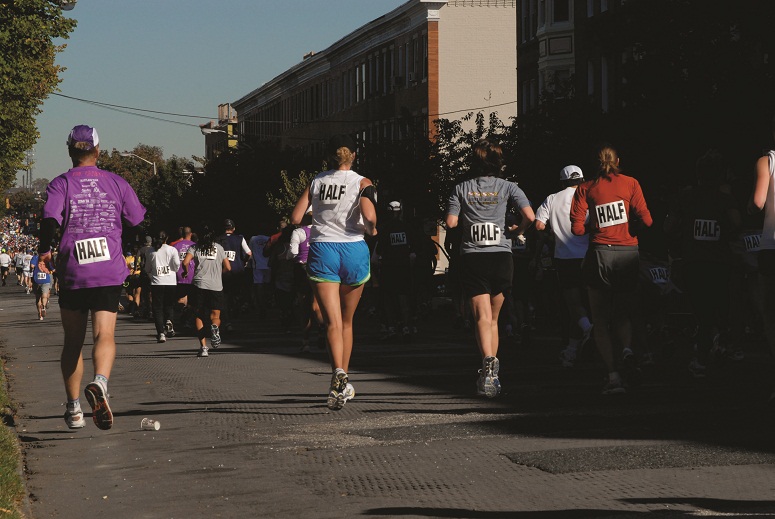 |
| Photo courtesy of Anna Santana |
Media Involvement
Everyone has heard that perception is reality, and we know media attention is an integral part of that perception. The media can make your event look good, not just with live coverage, or post-event coverage, but by helping build the excitement prior to it.
Keep the media informed of every aspect of your event — the date of the event, the location(s), the teams coming, the schedule and so on. We hold an annual press conference prior to the marathon to deliver information including registration numbers (and how those compare to those of previous years), the route and anything else that might attract media attention. (If an Olympic athlete will be competing, that's news. If a nationally known musical act will be providing entertainment at a pre-race function, a reporter generally finds that worth a mention too).
Don't spam people with information; only update them when relevant information is released. The rest of the time, just be available to answer their questions as necessary. Make media representatives' jobs easy by responding to calls and inquiries promptly, and by being able to provide high-res photos or other materials as necessary. If you can provide them with the information and visuals they need, you'll be able to get a lot of positive coverage even before your event ever takes place.
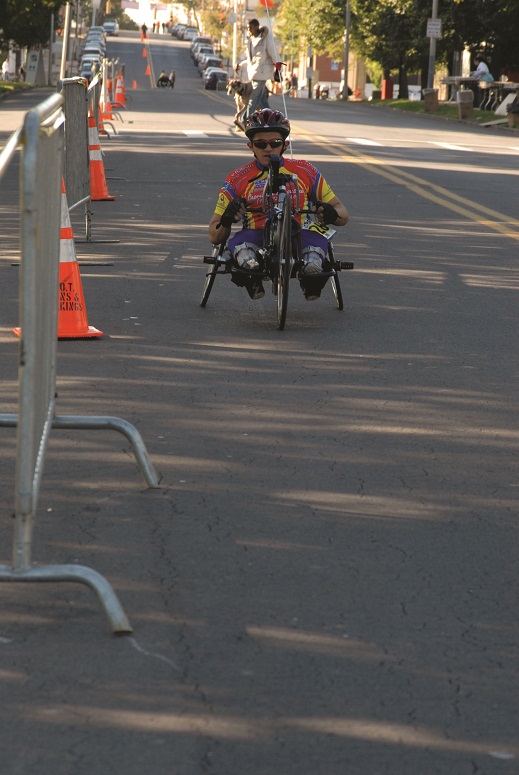 |
| Photo courtesy of Anna Santana |
Communications with Potential Athletes
In addition to doing good media relations, it's essential for those who are interested in an event to know where to go to get information. Potential participants in your event, for example, will need specific facts. Your website should be kept updated with information on registration fees, deadlines and other relevant information. If your event will be run under the auspices of a national governing body, be sure to note which one. What kind of awards will be given to winners? Will participants receive T-shirts or other amenities? How close is lodging to the competition site? Will any transportation be available? The easier you make it for potential athletes, coaches and others to learn about your event, the better the event looks to them.
Creating a Tourist-Friendly Event
Because your event is sure to generate spectators, you'll want to market to those, too. Ascertain your website is sports tourism-friendly: Have ways people can find out about the event, as well as where to stay, where to eat and what to do while they're in the area.
The positive economic impact of a well-run sports event is one of the best overall benefits a community can have, and the more you play up the fun things a city has to offer, the more favorably the city looks upon the event, and the more favorably the tourists look upon the city. Make it a win-win situation by spreading the good word.
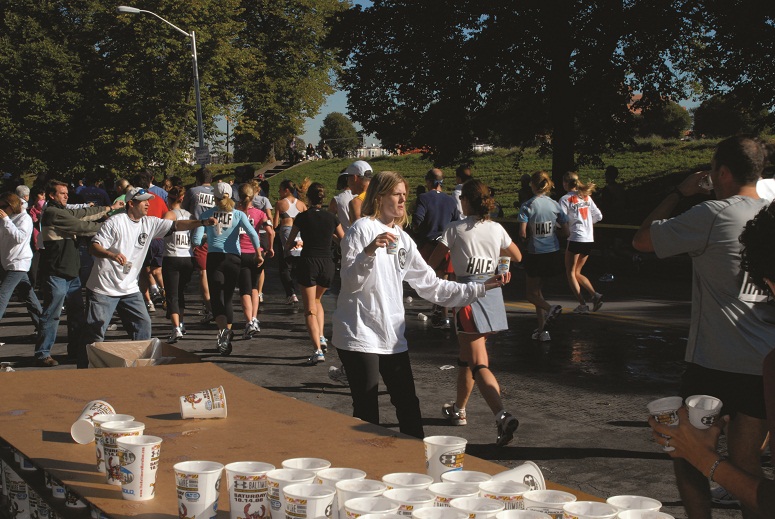 |
| Photo courtesy of Anna Santana |
Volunteers
Few things build the image of an event and the positive vibe of that event like the presence of local volunteers. We encourage neighborhood associations to host water stops and other amenities, and we make sure they know approximately when runners will be coming through their area. You can do similar things to get volunteers involved in all aspects of your particular event, whether that means giving out information, directing people to areas where they can park/register/buy tickets, or by performing other functions.
Because all types of volunteers are needed, we reach out to a number of different groups. A local men's shelter is instrumental in sending over large groups of friendly guys who are willing to set up and break down tables and chairs, pick up cups and so forth. We've come to rely on them, and we enjoy their presence at the marathon.
Try to categorize what you're going to need, whether it's heavy lifting, help hanging banners, handing out goody bags, organizing materials in advance -- you name it. Most events bring a number of different opportunities for people of various abilities to assist. People love to be part of things, and it makes them -- and by extension, the entire crowd -- proud of what is happening that day.
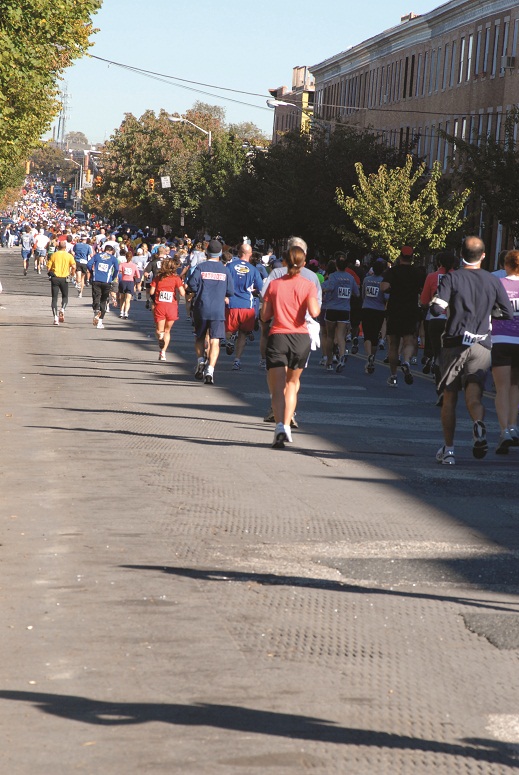 |
| Photo courtesy of Anna Santana |
Word of Mouth
It's an intangible benefit, to say the least, but something that really makes an event look good is having other people talk it up. If a person sees an athlete (or a spectator, or a volunteer, or anyone else) wearing a shirt from your event, they might comment on it. If that person wearing the shirt had a positive experience, they're likely to say good things about the event and the area. You can't buy that kind of good publicity.
They say it takes a village to raise a child. We like to think it takes a village to put on an event. In turn, the event, when executed properly from conception to fruition, can make that village look great.

